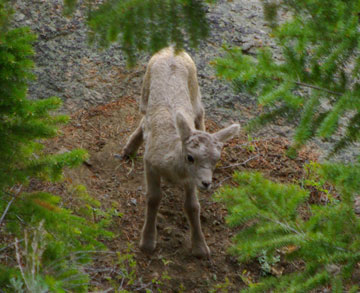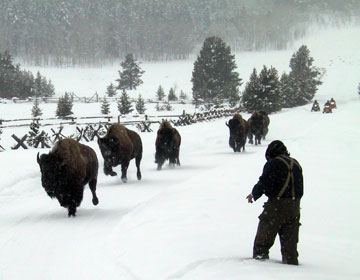This is important news for management of public lands in sage-steppe country.
Judge rules in southwest Idaho grazing case – AP
A federal judge has directed the Bureau of Land Management to rethink the way it manages grazing across thousands of acres of southern Idaho, especially the impact livestock have on sage grouse and other threatened species.
Following the intense Murphy Complex Fire that swept through southern Idaho a couple summers back, wiping out 76 sage grouse leks, intense political pressure to turn the cows back out quick largely eclipsed consideration for sage grouse, pygmy rabbits, and other wildlife displaced onto the remaining habitat spared the blaze. To give an idea of the regard for habitat in this part of the country, Ralph Maughan took photos of cattle grazing post-burn – Bad practice when one hopes to restore the landscape.
Given the critical importance of the remaining habitat in Jarbidge country, conservationists quickly filed suit to ensure wildlife wouldn’t take the short-end of the stick given BLM’s plan to fold and continue “grazing-as-usual” on over 625,000 acres following the fire.
The question:
When fire (or any catastrophic event) wipes out huge swaths of wildlife habitat, how should that affect management of wildlife values versus livestock on those remaining landscapes so important to remaining wildlife ?














